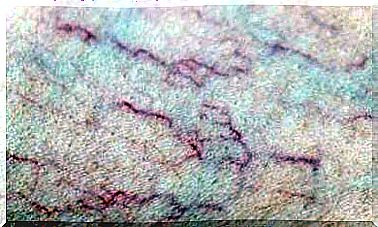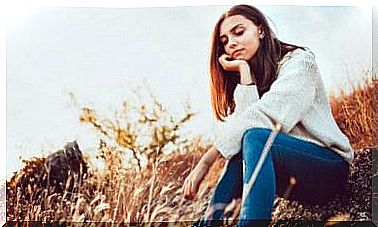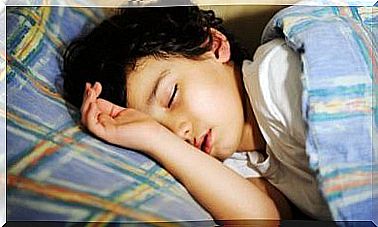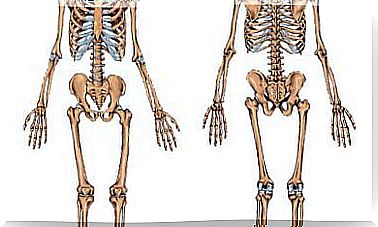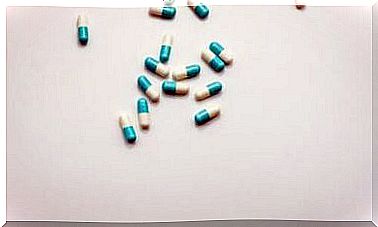8 Signs That Could Indicate A Health Problem
It is of the utmost importance to observe possible signs of changes in the body. Even if the reactions of the organism are completely normal, it cannot be ruled out that a disease is hiding there.
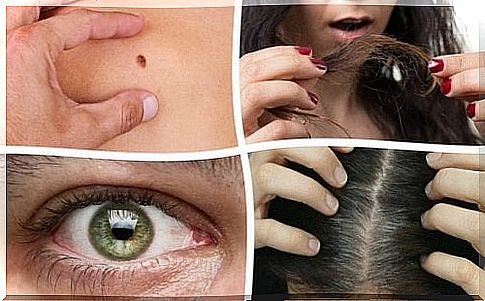
Over time, various changes and signs can be seen on the body that are characteristic of the different stages of life.
Over the years, for example, there are small changes in the skin, the hair loses its shine and is no longer as supple as it was in youth.
Even if these changes are quite normal in old age, you should be careful because some signs can also indicate health problems.
We ignore most of these hints, but you should be aware that many diseases manifest themselves in the skin, hair or nails.
For this reason, it is extremely important to be aware of possible signs and to watch the body for changes. Learn more about this topic.
1st sign: gray hair before the age of 40
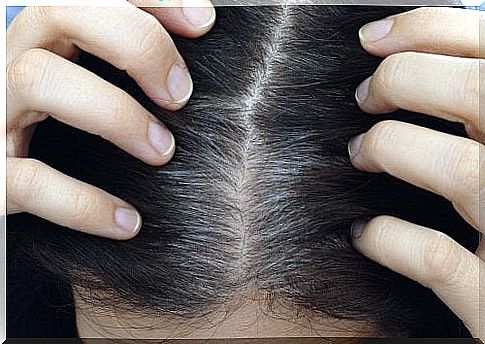
Gray hair is one of the first signs of aging. The first gray hairs are usually noticeable from the age of 40 or 45, but depending on hair type, race and genetic predisposition, this can appear earlier or later.
But some people get gray hair much earlier, namely from the age of 20.
If so, genetic predisposition is likely to be responsible.
However, if half of your hair turns white or gray before 40, the risk of serious diseases such as diabetes and vitiligo is greatly increased.
In less serious cases, it can also be a thyroid disorder, anemia and a lack of nutrients.
2. Spots
With advancing age, the effects of UV rays and pollution also become noticeable. The consequences of this are (early) wrinkles and skin spots, which are then usually benign.
Dark spots are mostly associated with hormone fluctuations and frequent exposure to pollutants.
However, when it comes to keratosis, caution is advised because it is caused by exposure to the sun and can be an early sign of skin cancer.
If a strange darkening develops, changes in moles, or unprovoked redness, you should seek medical advice.
3. Thin eyebrows

Losing the hairs on your eyebrows is not just a question of beauty. If these become finer and have a tendency to fail, there is a possibility of hypothyroidism.
This disease leads to fine hair and is accompanied by other symptoms such as weight gain, constant fatigue, and weak fingernails.
4. Drooping eyelids
When the skin becomes finer due to decreased collagen and elastin production, it can result in drooping eyelids.
Genetic factors, age or the negative effects of sun exposure can play a role here.
If this makes it difficult to see, a lifting can be carried out if desired to tighten the skin.
5. Brittle hair
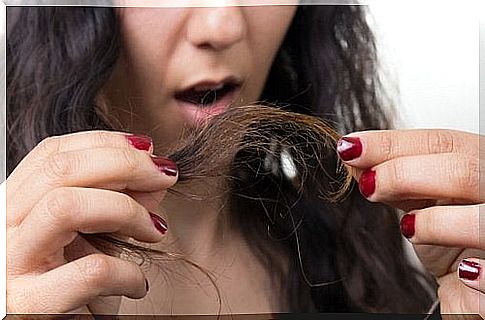
Brittle and dull hair could be caused by a lack of nutrients or lack of care. If you experience split ends and dry scalp, it could also be caused by overuse of chemicals or heat treatment.
If you don’t see any improvement despite taking the right care, see a doctor as it could be a nutrient deficit or anemia.
6. Pimples and acne
Various factors can influence the formation of pimples and acne. Excessive sebum production and enlarged pores are the most common reasons.
But sometimes stress, hormone fluctuations, or the use of inappropriate chemicals can also be responsible.
7. Yellowish eyes
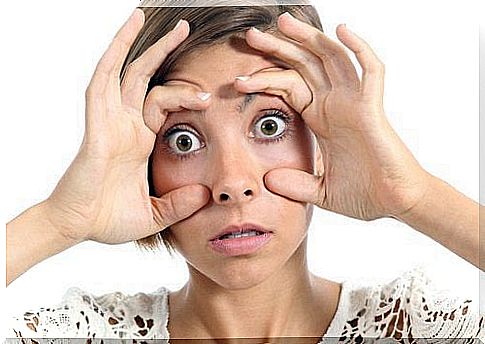
If the white area around your eyes has a slightly yellow sheen, it is possible that you are needing more sleep or are having a hangover.
If this is not the case, however, you should definitely consult a specialist, as it could be a sign of Gilbert’s syndrome (Meulengracht’s disease).
This disease is characterized by an increase in bilirubin in the blood, which leads to jaundice.
8. Reddened face
Reddened facial skin can result from rosacea, which particularly affects women between 30 and 55 years of age.
Frequent sun exposure, stress, or spicy foods can widen blood vessels and trigger this skin disease.
In a very few cases, the eyes can also be affected. Sometimes this disease is also confused with lupus. A visit to the dermatologist is required for a correct diagnosis.
While all of these signs are not uncommon, they should be observed in order to identify possible illnesses early on. At the first doubt, it is worth consulting a doctor.



